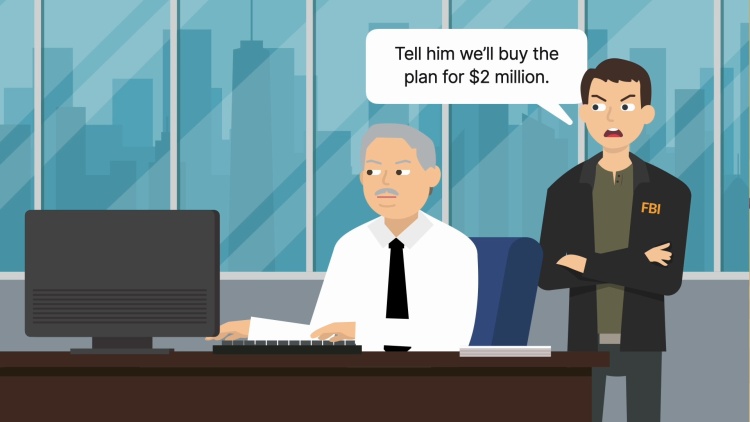United States v. Farraj
United States District Court for the Southern District of New York
142 F.Supp. 2d 484 (2001)

- Written by Josh Lee, JD
Facts
Said Farraj (defendant) was a paralegal with the law firm of Orrick, Harrington & Sutcliffe LLP. At the time, the firm represented plaintiffs in a class-action lawsuit against tobacco companies. The attorneys and paralegals working on the case, including Farraj, prepared a trial plan. The plan was over 400 pages long and included trial strategy, deposition excerpts and summaries, and references to anticipated trial exhibits. The firm limited access to the plan to those employees working on the case. The federal government (plaintiff) charged Farraj with interstate transportation of stolen property. The government alleged that Farraj emailed an 80-page excerpt of the plan to attorneys representing the defendants in the class action. The attorneys were spread across five different states. Farraj allegedly offered to sell the full plan and negotiated with an FBI agent posing as one of the attorneys to sell the full plan for $2,000,000. Farraj’s brother allegedly met with a second FBI agent to receive payment. The brother was arrested and implicated Farraj. Farraj moved to dismiss the charge, arguing that the electronic document was not a “good” as used by the criminal statute.
Rule of Law
Issue
Holding and Reasoning (Marrero, J.)
What to do next…
Here's why 899,000 law students have relied on our case briefs:
- Written by law professors and practitioners, not other law students. 47,000 briefs, keyed to 994 casebooks. Top-notch customer support.
- The right amount of information, includes the facts, issues, rule of law, holding and reasoning, and any concurrences and dissents.
- Access in your classes, works on your mobile and tablet. Massive library of related video lessons and high quality multiple-choice questions.
- Easy to use, uniform format for every case brief. Written in plain English, not in legalese. Our briefs summarize and simplify; they don’t just repeat the court’s language.





